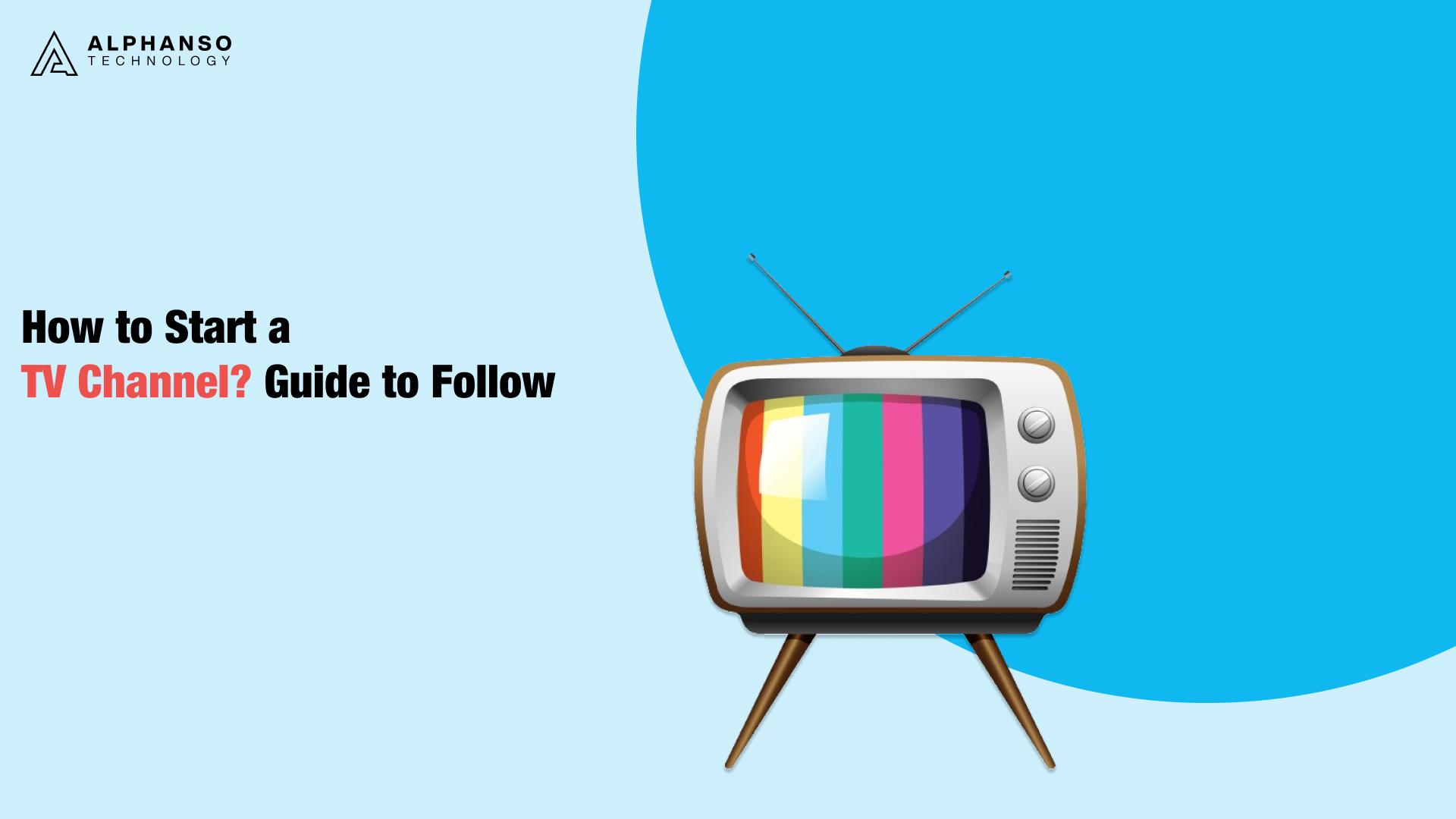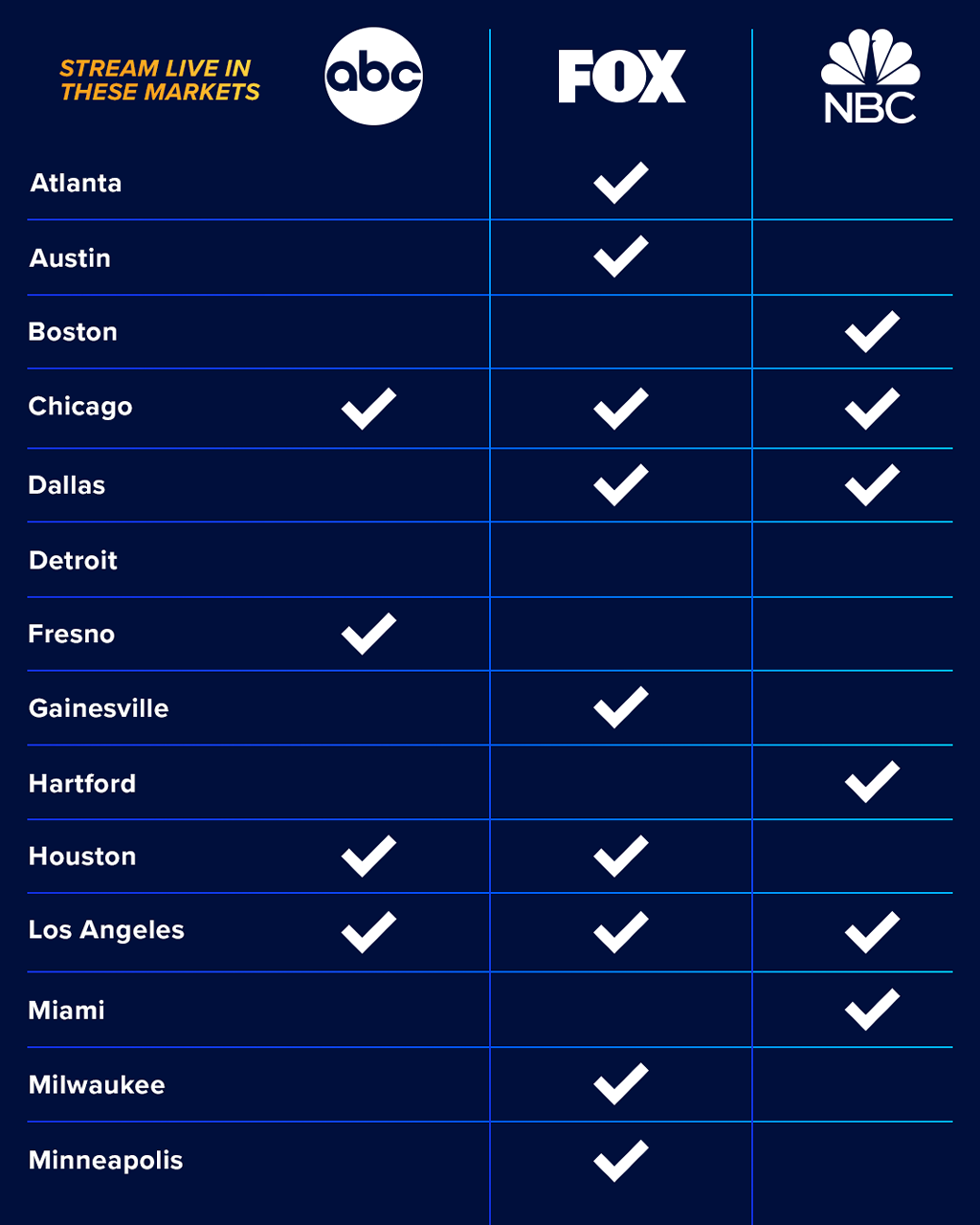10 Easy Facts About Apollo Group Tv Shown
10 Easy Facts About Apollo Group Tv Shown
Blog Article
The Only Guide to Apollo Group Tv
Table of ContentsIndicators on Apollo Group Tv You Need To KnowThe Ultimate Guide To Apollo Group TvEverything about Apollo Group TvOur Apollo Group Tv PDFs
In this circumstance, instead than having three-minute commercial areas throughout a 30-minute tv program, television programs may change to one where a customer will certainly be needed to have a regular monthly subscription, to make sure that they cen sight targeted banner ads. This type of advertising already occurs on the web, and the amount of information tv firms gather enables them to do similar.Explain the major patterns amongst the broadcasting and cable networks. Popular radio shows such as police drama Dragnet and western cowboy collection Gunsmoke were adjusted for television, and new Television programs were funded by solitary marketers, simply as radio programs had been.
Today, the television sector is much more complex. Programs are funded by multiple marketers; programming is regulated by major media empires; and the 3 significant networks no much longer control the airwaves yet rather share their audiences with numerous cable networks. Several variables represent these trends within the industry, consisting of technological advancements, government laws, and the creation of brand-new networks.

A Biased View of Apollo Group Tv
Even public tv has come to be subject to the influence of advertising and marketing. Established in 1969, (PBS) established out of a record by the Carnegie Payment on Educational Tv, which examined the duty of instructional, noncommercial television on society. The record advised that the federal government money public television in order to provide variety of shows during the network eraa solution created "not to offer items" but to "boost citizenship and public service (McCauley, 2003)." Public television was additionally meant to provide global access to tv for visitors in backwoods or customers that can not manage to pay for exclusive television solutions.
The duration between 1950 and 1970 is traditionally identified as the. Apart from a little part of airtime regulated by public tv, the three major networks (referred to as the Big Three) controlled the tv market, jointly representing even more than 95 percent of prime-time watching. In 1986, Rupert Murdoch, the head of international firm Information Corp, launched the Fox network, challenging the dominance of the Big Three.
Targeting young and minority audiences with shows such as Buffy the Vampire Slayer, Moesha, Dawson's Creek, and The Wayans Bros., the brand-new networks wished to draw stations far from their old network associations. However, rather than repeating the success of Fox, UPN and WB had a hard time to make an influence. Unable to attract numerous affiliate stations, the two new networks got to less households than their bigger competitors since they were impossible in some smaller cities.
This decision paved the means for the growth of cord motion picture networks, adding to the exponential development of wire in the 1980s and 1990s. apollo tv group. More deregulation of wire in the 1984 Cable Television Communications Plan Act eliminated restrictions on wire rates, enabling drivers to bill what they desired for cable television services as long as there worked competitors to the solution (a standard that over 90 percent of all cord markets could satisfy)
Apollo Group Tv for Dummies

Having developed the very first "superstation," Turner expanded his realm by starting 24-hour information network CNN in 1980. At the end of the year, 28 national shows services were readily available, and the cable revolution had begun. Over the next decade, the industry went through a duration of quick development and popularity, and by 1994 audiences might select from 94 standard and 20 costs wire services.
Number 9 - https://www.tripadvisor.in/Profile/apollogtv01.16 Enhanced competitors from cable networks has actually triggered a steady decrease in the networks' audience scores. Throughout the 1950s, the expense of generating a solitary tv show raised as shows ended up being much longer and manufacturing costs rose. Sponsorship on network television changed from solitary sponsorship, in which a program was totally supported and produced by one advertiser, to several sponsorship, in which marketers acquired 1- or 2-minute places on the show
Pick one of the Big 4 networks and publish out its weekly programming schedule. View the network's see here prime-time programs over the program of a week, keeping in mind the target group for each show.
The smart Trick of Apollo Group Tv That Nobody is Talking About

Linear TV, typically described as conventional broadcast television, incorporates cord and satellite tv. It's called "straight" due to the fact that material adheres to a fixed shows schedule, unlike on-demand web content which the individual audience decides to view based on their own choices and routine. When you ask, "What is direct TV?", consider it as the traditional way of seeing TV that has actually been around for decades.
Report this page